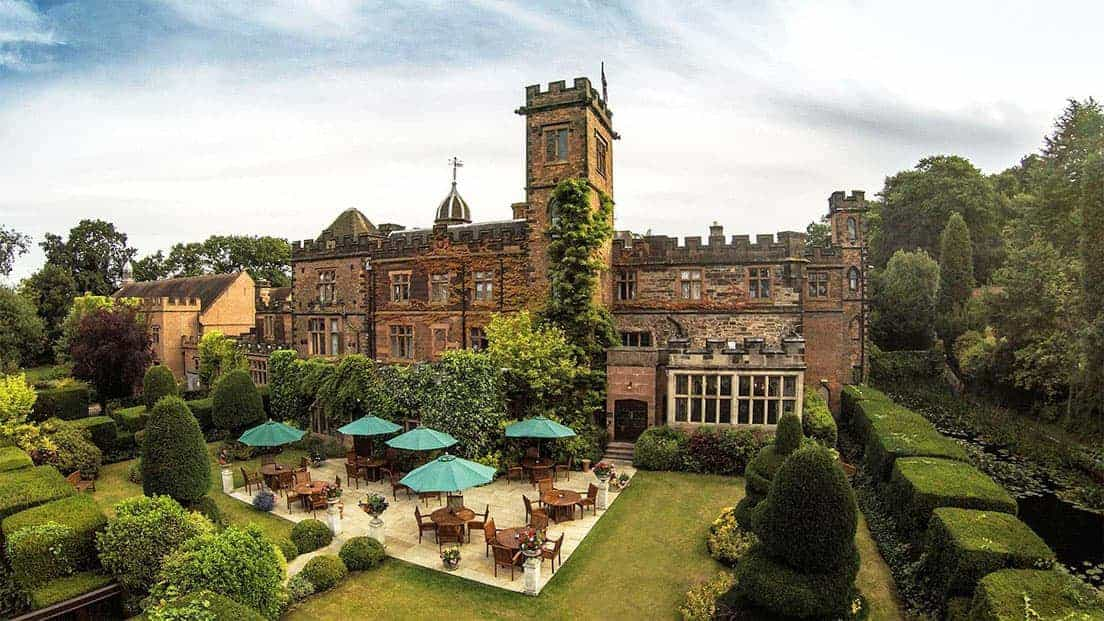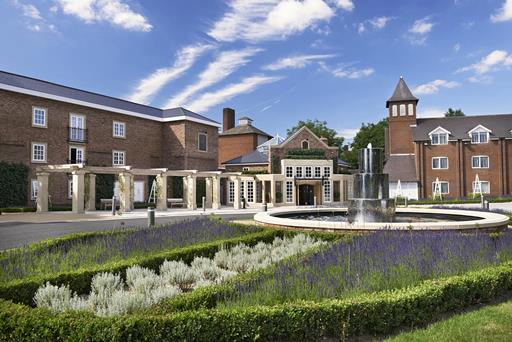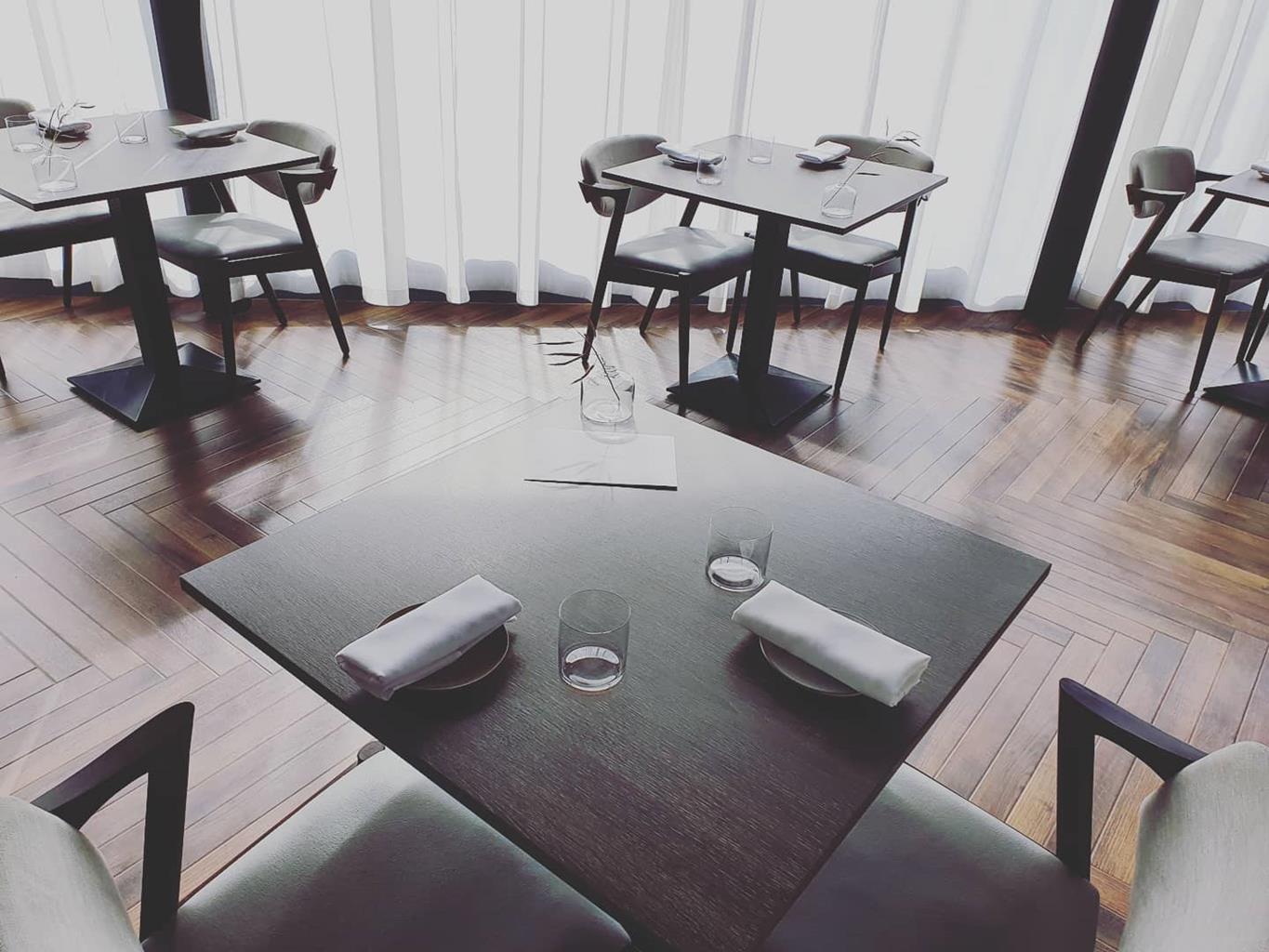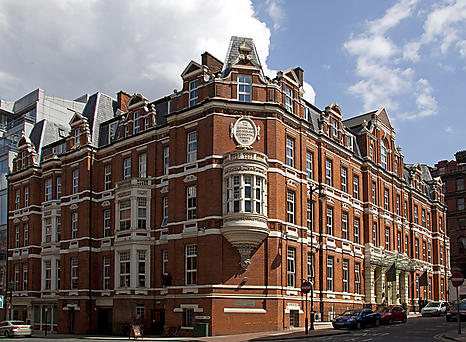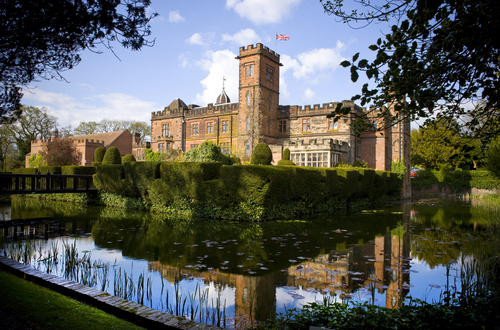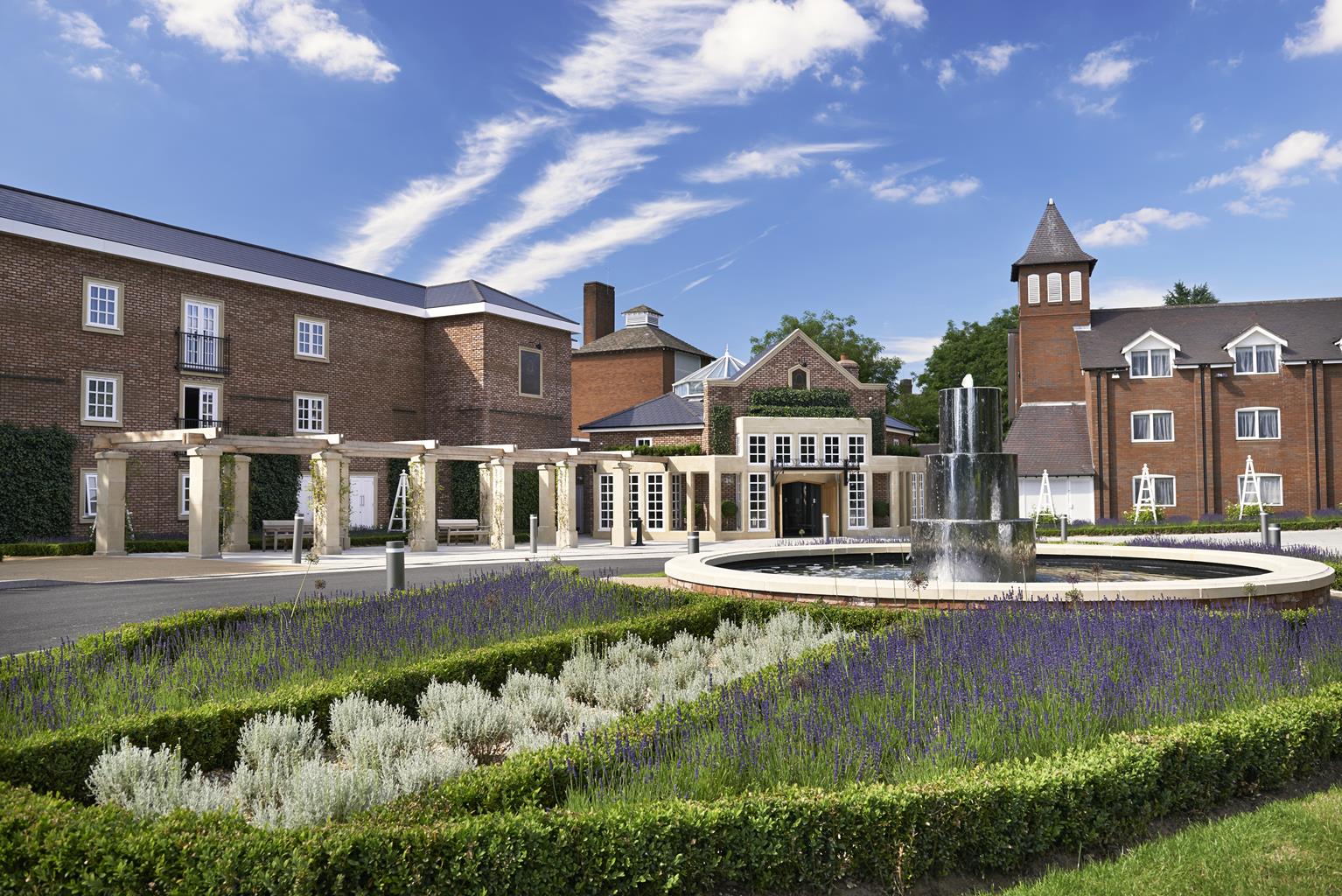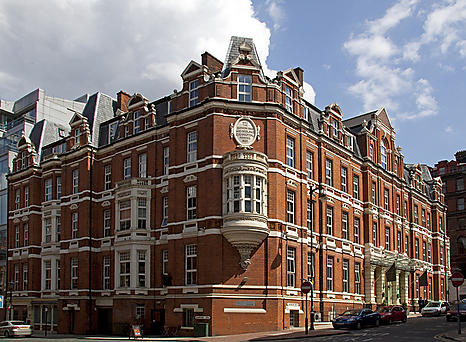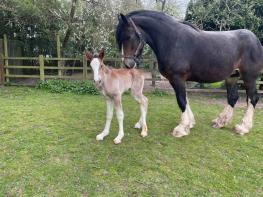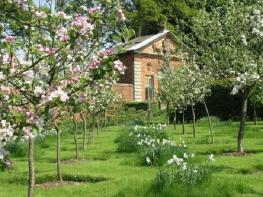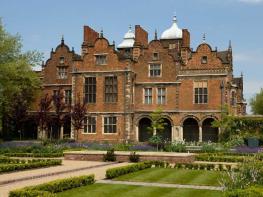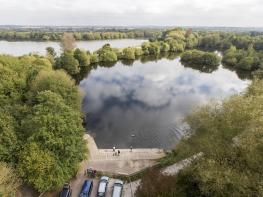Situated in 26 acres of beautiful grounds, New Hall Hotel is reputed to be the oldest inhabited…
A longer ramble through Sutton Park

8 miles (12.9kms)
About the walk
Sutton Park comprises 2,400 acres (970ha) of wild and wooded countryside of moorland, meadows, lakes and groves and is one of the largest urban parks in the country. The ancient Roman Ryknild Street runs across one corner of the park, and the Normans once hunted deer here. William Shakespeare had kinsmen at Sutton and is likely to have visited the site. One of his famous characters, Sir John Falstaff, probably brought his Ragged Army here, for he declared to Bardolph: 'Get thee before to Coventry; fill me a bottle of sack; our soldiers shall march through. We'll to Sutton Coldfield tonight.' (King Henry IV, Part I)
Birmingham's lung
In 1997 English Nature designated Sutton Park a National Nature Reserve (NNR) in an effort to preserve this wonderful landscape. Although it is now surrounded on all sides by residential properties, it remains an important area for Birmingham and the local Sutton Coldfield community. It's a valuable space in an otherwise congested region and offers many leisure pursuits – for joggers, kite-fliers, cyclists and walkers. However, it is still possible to escape from the crowds and find peace and quiet.
It is the diversity of habitats in the park which earned its NNR status. Many areas, like the heathland, wetland and ancient forest, represent habitats that were once widespread but have now completely disappeared from the rest of the West Midlands. For this reason, it is the home of a large number of resident birds, as well as providing an important stopover for migrants and other visitors. Around the pools you might see tufted duck, pochard and even snipe, especially near Longmoor Pool. It is hoped that red kites and other vanished species will one day return.
The nearby market town of Sutton Coldfield was important in the Middle Ages and owes a great deal to local benefactor John Veysey, who became bishop of Exeter in 1519. He lived at Moor Hall, north of the town and now a hotel, and built a number of notable buildings in and around the town. He also founded a school and paved the streets. Veysey is buried in Holy Trinity Church and there is a fine effigy of him on his tomb. It depicts him as a young man, even though he is reputed to have lived to the ripe old age of 103. The church also contains some interesting old brasses. In particular there is one of Josias Bull in a gown of fur, along with small brasses of his five children. William Wilson, a mason for Sir Christopher Wren, made the marble busts of Henry Pudsey and his wife.
Walk directions
Walk from the car park to the entrance road, and go left and shortly right at a five-way junction to follow the tarmac lane up to Keeper's Pool. At the corner of the pool turn right and follow its edge, continuing northwards uphill through the trees on a path until you descend to reach Blackroot Pool. Walk close to the left edge of the pool for about 220yds (201m), then follow the path bearing left (northwest) and keep ahead through the woodland of Upper Nut Hurst. In about 0.5 miles (800m), bear right and cross the railway bridge, via two gates, to get to Bracebridge Pool.
Turn right along the edge of the pool, and at the end bear right along a track just before The Boathouse Restaurant. Continue along the tarmac lane and through the car park until you reach a T-junction by housing. Turn left, and in 150yds (137m) leave the road and go left by a large oak tree on a wide path, which soon bears right by ancient oaks in the woodland of Gum Slade. Continue ahead to a junction of paths, then go left and up to a grassy clearing. Cross it and continue ahead on a gravel track. Where this bears right continue ahead, ignoring minor cross paths, and descending gently. Maintain your direction then continue ahead on a track that arcs left and descends to cross a footbridge at the end of Bracebridge Pool.
Bear left, following the track into the woods. It then arcs right to cross the railway line again, via two handgates. Keep on the wide track until you reach a road, then go right for 500yds (457m) up to a parking area on the left.
At the far end of the parking area turn left by a post, and take the path that dives through the trees and passes a golf green. Now keep to the left of the fairway, descending to a small stream. Here turn left on to a straight path flanked by silver birches. This is the Roman Ryknild Street. Continue, initially within the golf course, but later across heath, until you reach a track leading to an exit. Turn right and then left just before the exit handgate and follow the path through the trees of Westwood Coppice until you come to the car park by Banners Gate.
Bear left up the road, passing to the right of Longmoor Pool. About 100yds (91m) beyond the end of the pool, turn right along a path. Join a path from the left and continue on it, passing to the right of a copse of silver birches. Soon you walk alongside a fence and trees, drop through a tree belt and cross an open grass area close to Powell's Pool to reach the roadway, via the car park near Boldmere Gate.
Go left at the road, then soon bear right, along the edge of Wyndley Wood, and join a tarmac lane. In 150yds (137m) bear right at a four-way lane junction on to a straight road that descends to pass a footbridge and ford at the end of Wyndley Pool. Continue ahead to return to the visitor centre.
Additional information
Footpaths, tracks and road in parkland
Undulating parkland
Off lead in park
OS Explorer 220 Birmingham
Visitor centre car park, Sutton Park, accessed via Town Gate
Visitor centre, Sutton Park
WALKING IN SAFETY
Read our tips to look after yourself and the environment when following this walk.
Find out more
Also in the area
About the area
Discover West Midlands
After Greater London, the West Midlands is the UK’s biggest county by population, and after London, Birmingham is the UK’s largest city. There’s a lot to seek out here – it has a vibrant culture, with exceptionally good nightlife. Coventry used to be more important than Birmingham, until the 18th century when the Industrial Revolution started and Brum forged ahead.
Apart from Lady Godiva, Coventry is best known for its cathedrals. The medieval parish church became a cathedral in 1918, but the Blitz on Coventry in 1940 left only the spire and part of the walls. After the war, it was decided to build a new cathedral alongside linked to the ruins.
Dudley was one of the birthplaces of the Industrial Revolution, and this history is reflected in its architecture and the Black Country Living Museum, a recreation of an industrial village, with shops and a pub, cottages and a chapel. Stourbridge is also worth a visit, mainly due to its involvement in glassmaking, which has been going on since the 17th century, and is still a part of the town’s culture; there’s a glass museum and a bi-annual glass festival.
Nearby stays
Restaurants and Pubs
Nearby experiences
Recommended things to do
Why choose Rated Trips?
Your trusted guide to rated places across the UK
The best coverage
Discover more than 15,000 professionally rated places to stay, eat and visit from across the UK and Ireland.
Quality assured
Choose a place to stay safe in the knowledge that it has been expertly assessed by trained assessors.
Plan your next trip
Search by location or the type of place you're visiting to find your next ideal holiday experience.
Travel inspiration
Read our articles, city guides and recommended things to do for inspiration. We're here to help you explore the UK.

